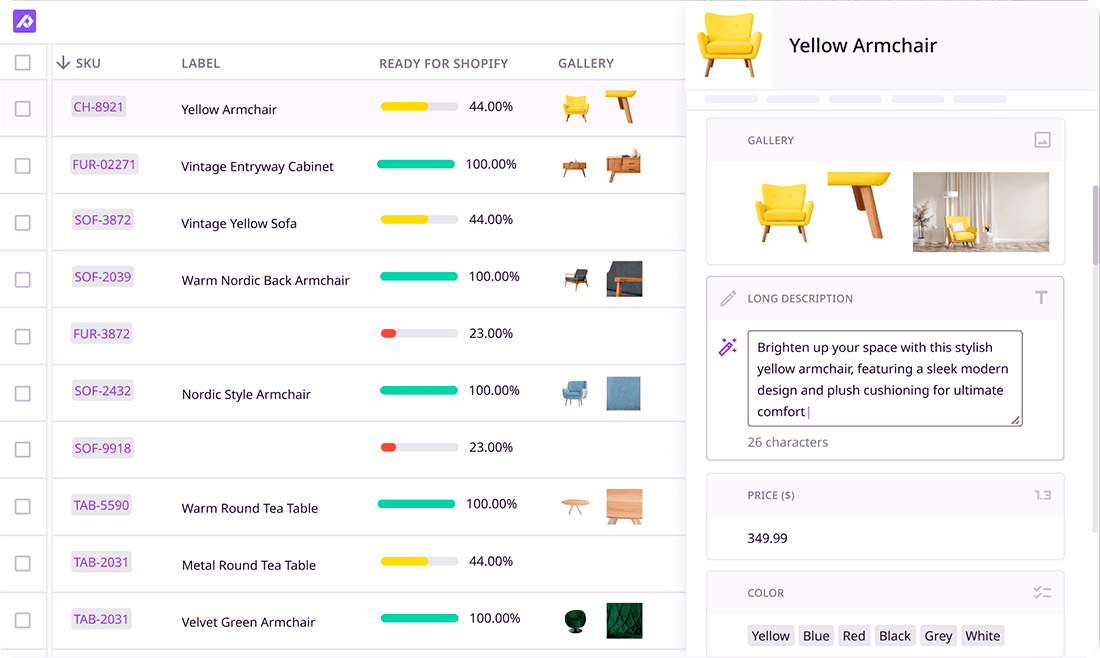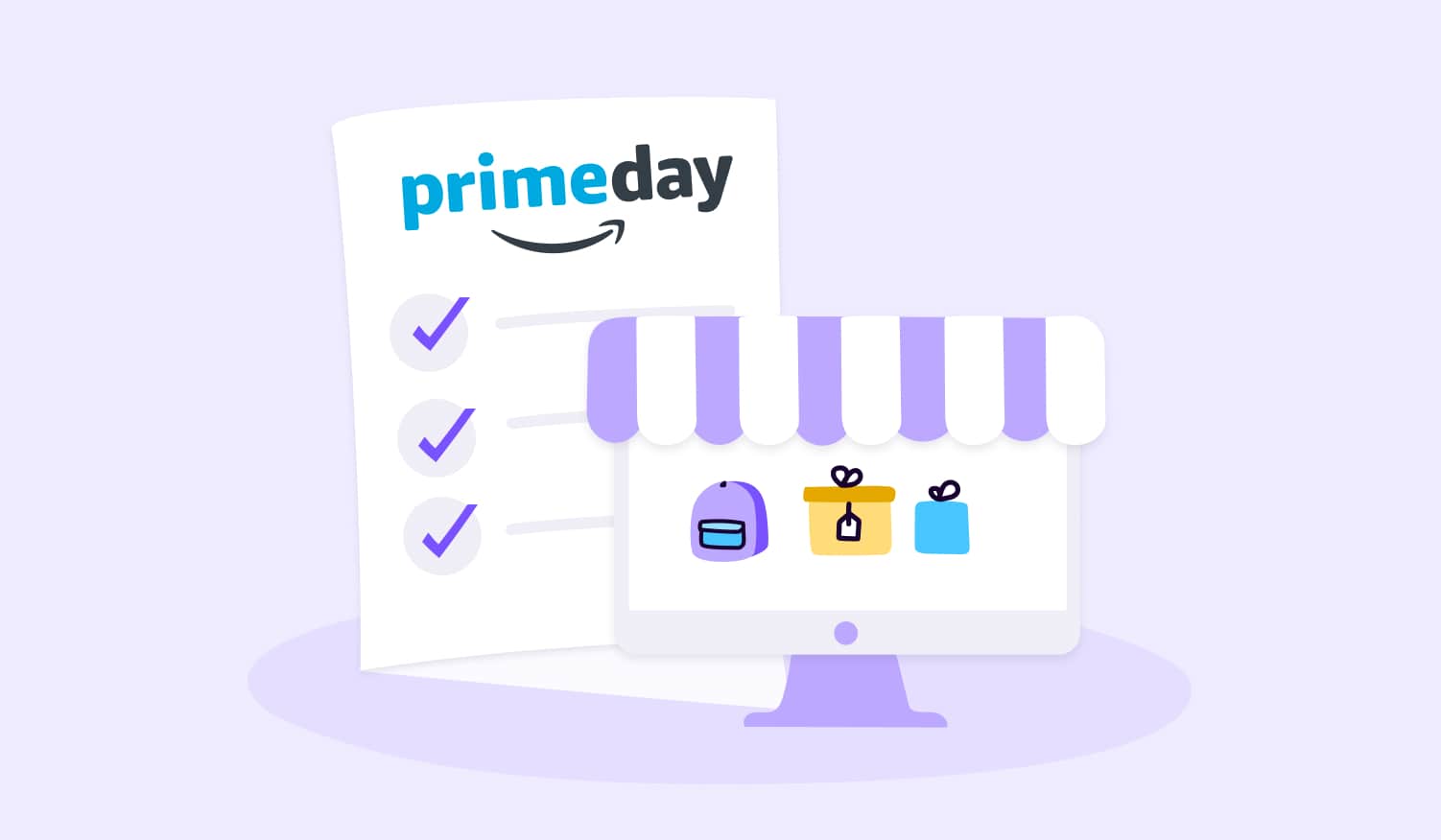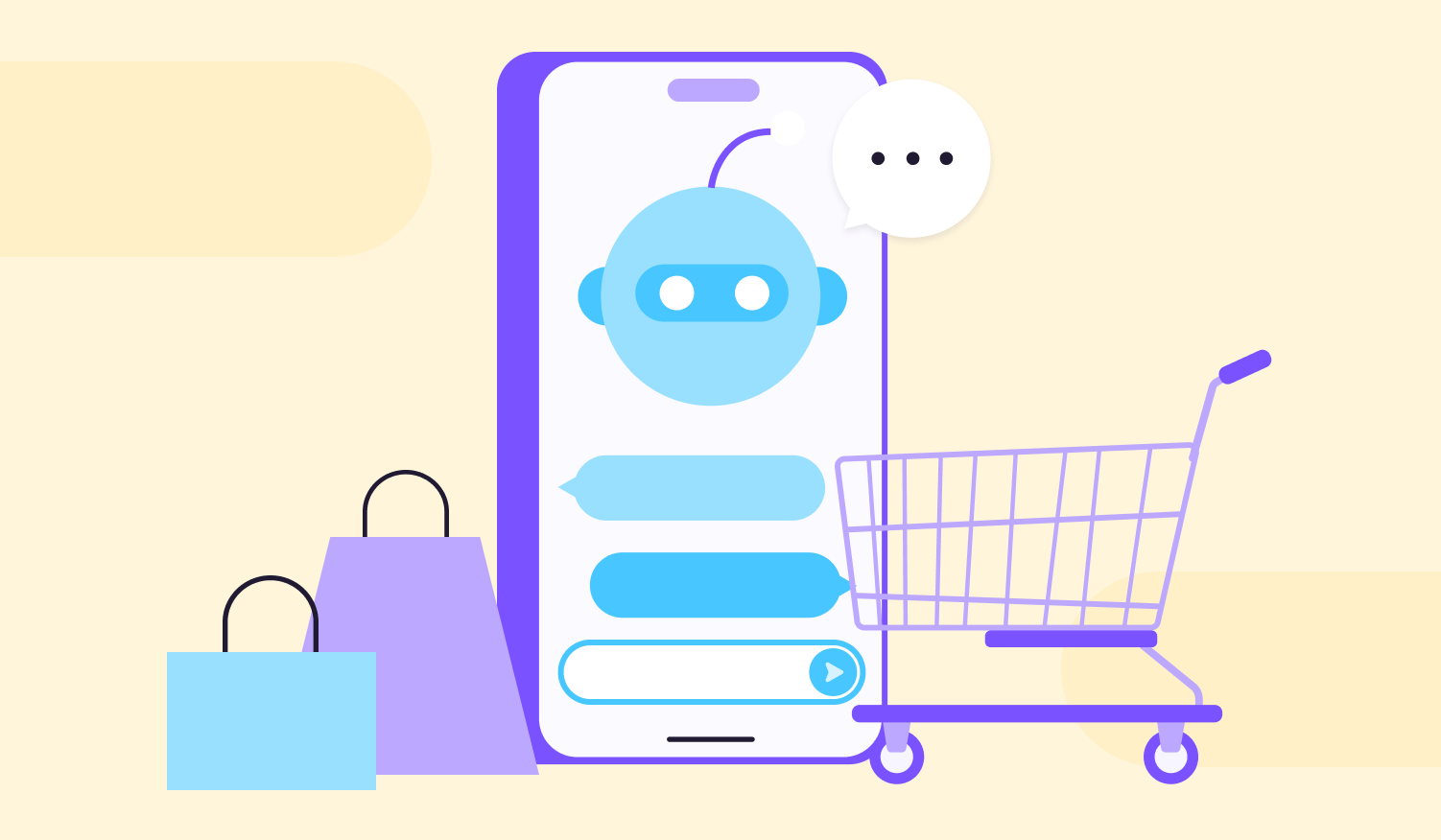How to Localize Your Supply Chain and Remain Sustainable on BigCommerce

Keep the good stuff coming
Subscribe to our blog newsletter and get monthly content that helps you manage product data smarter.
No spam. Just real value.
Supply chain disruptions aren’t going away anytime soon.
In fact, according to this report, for the next 12 months, retailers can expect shipping delays, higher shipping costs, and manufacturing delays as top issues.
Many thought things would return to "normal" after the festive season, but this struggle isn’t over yet. Other events will demand businesses to get shoppers their products in a timely manner. And your supply chain is directly connected o that.
Take marketplace giant Amazon, for example. They’re making their own containers, producing their own chartered ships and long-haul planes to mitigate the chaos—just to keep up with customer demand. Yes, you may not have the resources like Amazon, but you can put similar plans in place that can help your BigCommerce store weather this storm and continue to bring in customers.
This is why you need to build a resilient supply chain.
Why should you localize your supply chain?
While localizing isn’t a new concept, most businesses prefer not to opt for this solution as it is far more cost-effective to outsource to companies overseas.
However, the pandemic has changed things for the worst. It is no longer only about affordability but also what can ensure sustainability in the midst of chaos.
Now, apart from being able to save on transportation costs right now, sourcing in your own country means you have quick access to your suppliers. Additionally, it can also improve the customer experience as more customers want local goods.
A recent poll shows that a total of 78% of customers feel strongly about purchasing American-made products, so much so, they are willing to pay more.
Apart from the costs involved in localization, many customers are looking to purchase from sustainable companies. Localized suppliers tackle environmental concerns as they reduce emissions and energy usage, ensuring green manufacturing. A study even found that 65% of respondents said they’d prefer buying from sustainable brands. This may be your way to 1.) create a better supply chain strategy and 2.) bring in more customers, which results in higher sales.
Talk about killing two birds with one stone!
But, to be fair, localizing comes with its own challenges, so you need to ensure this is the right move for your small business. Here are the steps you can take:
1. Find materials that you can source locally
Moving all your products to a local manufacturer might not be possible, especially when a number of U.S factories are closing their doors. You need to do your research and find out which materials are available for you to source locally. That's if the quality is the same, the location is perfect, and if it makes financial sense. Take the time to go through your entire supply chain and identify which parts of the process can be localized or even moved closer to your business's basecamp.
To add, this may also be the time to look at new suppliers, especially if you have been planning on launching a new product range. Sourcing locally can ensure that you send a product to market faster as you will be working with companies that are in the same time zone. This enables easier, speedier communication, helping you to resolve and launch products to meet customer demands even faster.
2. Diversify your supply chain portfolio
If the recent disruptions have taught us anything, it is not to put all your eggs in one basket. Right now, you may panic and want to localize every part of your supply chain to avoid further disruptions, but what is advised, is to diversify as much as you can. When you diversify, you eliminate your dependency on a single supplier, region, or country. This enables flexibility and ensures you’re able to handle the ever-changing market and customer demands. Having a combination of both local and global suppliers can help; when one region is having issues, the other supplier can step in. This ensures you can always meet customer demands and continue to provide quality customer service and eliminate backorders.
To further improve your customer experience with deliveries, even when out-of-stock, you can get Bigcommerce BackOrder App. This unique app notifies your customers about the out-of-stock products, but they can still make a purchase and get them delivered on a particular day. When you diversify your ecommerce portfolio and have this BackOrder App, you can always keep them happy, ensure you don’t lose revenue, and your customers won’t buy from other competitors.
3. Don’t be shy to ask the important questions
As you plan on going into business with new suppliers and manufacturers, be sure to ask the right questions. Onshore supply chains are more costly, so you want to ensure that you get your money's worth through both efficiency and quality.
Ask for information such as;
- What is their production capacity?
- What are their unique selling points?
*Are they reliable? Do they ensure speed of delivery? - What is their typical lead time?
- Can they meet your current demands?
- Can they meet your future demands?
Use this information to see if these are the suppliers for you and if it makes sense to bring it to where you’re based or should you keep your offshore suppliers.
4. Set up new SKUs for inventory management
When securing a new supplier, you need to set up a new SKU in your inventory management system. When creating SKUs, you also add the model number, which is given by the manufacturer. To efficiently track and monitor the quality of production, you need to set up new SKUs. And this is where PIM for supply chain management comes into play. While an ecommerce product catalog management isn’t an inventory management software, it acts as a product database for content such as SKUs, and more. Having a centralized library for all your content ensures you will always have error-free data. Here, you can update information quicker than you would when manually updating in a spreadsheet.
Let Plytix streamline supply chain management
If you don’t have a product information management tool in your ecommerce tech stack, it’s time for you to reconsider. While a Bigcommerce PIM integration can never act as an inventory management system, it sure can make managing your inventory a whole lot easier. Send data from your ERP and enrich it in our next-generation PIM tool.
Download our free whitepaper on The Power of an ERP and PIM Connection in Ecommerce to see how a PIM can take your product data to the next level.

What if your product data actually worked for you?
We’ll show you how Plytix helps you stop fixing data—and start using it.
Related posts
Keep the good stuff coming
Subscribe to our blog newsletter and get monthly content that helps you manage product data smarter.
No spam. Just real value.





Think others should see this?
Go ahead and share it.